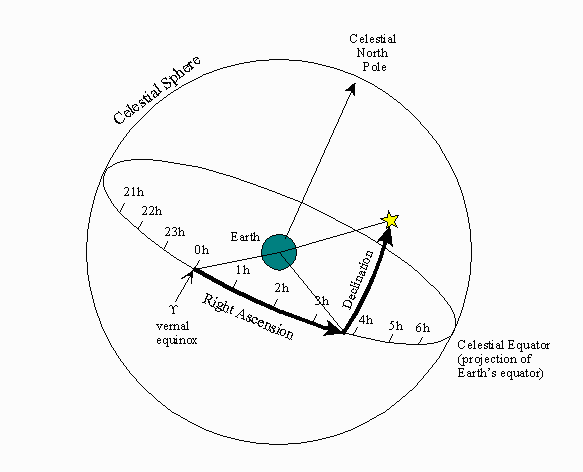

The equatorial system is the normal coordinate system for most professional and many amateur astronomers having an equatorial mount that follows the movement of the sky during the night. The equatorial describes the sky as seen from the Solar System, and modern star maps almost exclusively use equatorial coordinates. The coordinates are based on the location of stars relative to Earth's equator if it were projected out to an infinite distance. The equatorial coordinate system is centered at Earth's center, but fixed relative to the celestial poles and the March equinox. Main article: Equatorial coordinate system Intersection of supergalactic plane and galactic plane Horizontal (also called alt- az or el-az)Ĭenter of the Earth (geocentric), or Sun (heliocentric) The origin is the zero distance point, the "center of the celestial sphere", although the definition of celestial sphere is ambiguous about the definition of its center point. The primary direction is the starting point of the longitudinal coordinates.

The poles are located at ☙0° from the fundamental plane. The fundamental plane divides the celestial sphere into two equal hemispheres and defines the baseline for the latitudinal coordinates, similar to the equator in the geographic coordinate system. The following table lists the common coordinate systems in use by the astronomical community. Each coordinate system is named after its choice of fundamental plane. Rectangular coordinates, in appropriate units, have the same fundamental ( x, y) plane and primary ( x-axis) direction, such as an axis of rotation. These differ in their choice of fundamental plane, which divides the celestial sphere into two equal hemispheres along a great circle. Spherical coordinates, projected on the celestial sphere, are analogous to the geographic coordinate system used on the surface of Earth. Coordinate systems in astronomy can specify an object's position in three-dimensional space or plot merely its direction on a celestial sphere, if the object's distance is unknown or trivial. the true horizon and north to an observer on Earth's surface). The origin of coordinates (the "center of the sphere") is ambiguous see celestial sphere for more information.Īstronomical (or celestial) coordinate systems are organized arrangements for specifying positions of satellites, planets, stars, galaxies, and other celestial objects relative to physical reference points available to a situated observer (e.g.

Ecliptic and equatorial coordinates share the March equinox as the primary direction, and galactic coordinates are referred to the galactic center. It is alternatively defined as the ascension (point on the celestial equator which rises with a specified celestial object) as seen from any point on the Earth's equator, where the celestial equator intersects the horizon at a right angle.A star's galactic, ecliptic, and equatorial coordinates, as projected on the celestial sphere. H = LST − α, where LST is the local sidereal time.Īlong with declination, right ascension determines the direction of a point on the celestial sphere in the equatorial coordinate system.

The hour-angle, H, and the right ascension, α, are related by the simple formula 1988, Peter Duffett-Smith, Practical Astronomy with Your Calculator, page 35,.in cases where great accuracy is required, as is now done in the Nautical Almanac for 24 of the brightest stars for 10 days in the year, and those numbers in the Nautical Almanac are to be preferred. The right ascensions and declinations obtained by the preceding calculations, are the mean values, to which must be applied the corrections for the Nutation and Aberration Tables XLII.


 0 kommentar(er)
0 kommentar(er)
